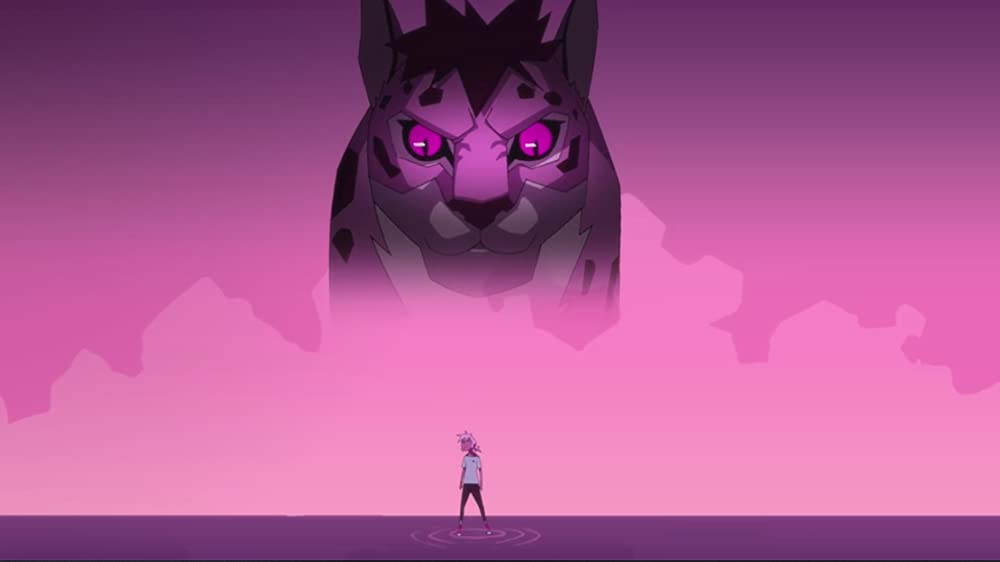
It was last year’s film festival circuit that really delivered the most interesting subject matter for this series, and I always like finding stuff outside traditional genres and styles. Reading some of the brief reviews of the Icelandic film Lamb, directed and co-written by Valdimar Jóhannson (the other writer is frequent Bjork collaborator Sjón) really made me wonder what kind of tone to expect here—after my viewing, I’m not really sure why it’s classified as a “horror” movie in some circles, because it’s a pretty straight drama, a melancholy fairy tale with a fantastical elevator pitch. But, at least to me, the type of weird that one would expect hearing that elevator pitch (“what if a couple adopted a lamb with a human body as their own child”) is not the weird that the movie is trying to deliver. It is a story based in folk tale or dream logic, but that’s often tempered by down-to-earth performances and a deliberate pacing that never stoops to predictability, but also rarely attempts to shock. Once the fantasy of the movie settles in, you can really focus on the emotional lives of the characters, with all the joys and anxieties that come from being given an unusual, and probably accidental, gift from the universe.



